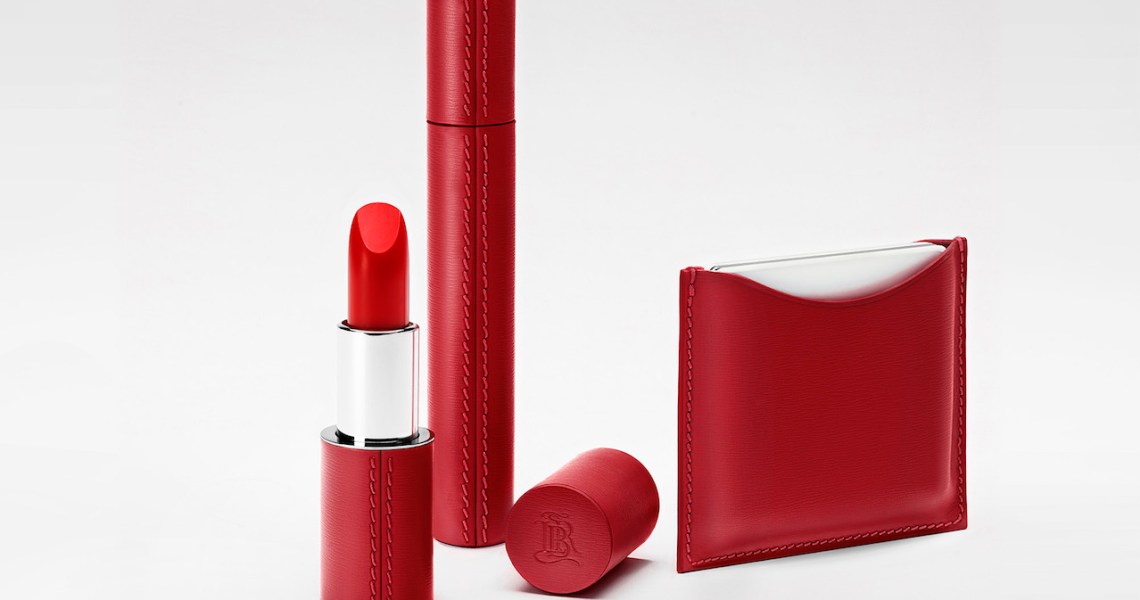This year, the beauty industry began in earnest to make sustainability a priority. And, as a vast and complex undertaking, many brands have concentrated their efforts on what has become known as blue beauty.
Blue beauty, a branch of the broader sustainability movement referred to as green beauty, is specifically focused on ocean conservation. This includes coral reef-safe sunscreens and, more predominantly, focuses on reduced plastic usage. Plastic, particularly single-use plastic, has become public enemy No. 1 in the beauty and consumer packaged goods categories. That’s because it’s derived from petroleum, it’s environmentally costly and difficult to recycle, and it typically ends up incinerated or dumped in the ocean. According to the scientific journal Science, an estimated 4.8 million to 12.7 million tons of plastic enter the ocean every year. This is expected to triple by 2040 if nothing is done, according to National Geographic.
“Every time and at every single action [in the supply chain] there is plastic: It is in the production, in the formulations, in the packaging, at the point of sale. You are a [proverbial] factory of plastic, and that much plastic is not recyclable,” said Nicolas Gerlier, La Bouche Rouge CEO, the luxury brand best known for its $150 leather-cased lipsticks that are reusable, refillable and recyclable.
Indeed, the beauty industry is a notable contributor to the plastic crisis. On average, the industry produces over 120 billion packaging units per year, with most of it ending up in a landfill, according to the U.K. environmentalist group Zero Waste Week. On an individual level, the average American generates more than 250 pounds of plastic waste every year, with much of it coming from packaging, according to NPR.
Gerlier declined to state the brand’s overall sales, but said its lipstick sales have grown by a double-digit percentage in 2020. In September, the 3-year-old brand raised approximately $3 million in funding. Gerlier said La Bouche Rouge’s sustainability approach is not merely about offering a sustainable alternative; instead, it’s ultimately grounded in superior-crafted products that people do not want to throw out in the first place. Therefore, every aspect of the brand’s communications is centered around the themes of quality, French heritage and its relationship with products, said Gerlier. La Bouche Rouge frequently engages in paid influencer partnerships and brand collaborations to increase brand awareness; it linked with La Perla in October and Le Méridien Hotels & Resorts in March 2019.
“It’s really important [for the beauty industry] to highlight brands which are creating a dream without destroying the future,” said Gerlier. “It’s insane to create a new brand with new products, without any commitment to sustainability. Dreaming is important in beauty, but it has to support something more important than just product.”
Most recently, La Bouche Rouge opened up its first counter at luxury retailer SKP in Shanghai in November, which focuses on the blue beauty concept by using the brand’s cerulean leather case to help explain the concept to Chinese customers. It was inspired by Yves Klein, a French post-war artist know for his use of the blue shade.
Ad position: web_incontent_pos1
“Blue beauty is an important conscious shift for the industry. We have to be realistic about every single piece of what we’re doing and how it impacts our oceans,” said Tina Hedges, founder and CEO of clean zero-waste skin-care brand LOLI Beauty. “[You] cannot have one or two throwaway claims; it really has to be a full initiative. I don’t think all of [the greenwashing] is intentional, but the technologies are changing so quickly that you have to be dedicated to staying abreast and constantly learning and challenging your supply chain.”
LOLI Beauty relies on glass jars and recycled plastic caps and does not use water in its products. On Tuesday, it joined a consortium of brands including Lush and Stitch Fix in signing on for the Pack4Good initiative from the environmental non-profit Canopy. In doing so, the brands committed to reducing their usage of paper and cardboard packaging, coupled with using recycled sources, by 2022. LOLI Beauty’s marketing of its sustainability efforts predominantly relies on unpaid influencer marketing and giveaways with like-minded brands, such as Reboundwear athleisure in October.
Hedges said sustainability and blue beauty have gained traction in the indie space since her brand launched in March 2018. She estimated that, at that time, only 5% of brands that launched focused on sustainability, but by March 2020, about 45% of startup brands covered it in some way at launch. But more than 50% of those brands participate in greenwashing, she said, which is the practice of associating one’s business with sustainability without making a meaningful effort to be sustainable.
Hedges said that, as a brand that fits the blue beauty movement, LOLI Beauty has earned increased scrutiny from customers on social media around its own environmental claims. Its approach is to wade into the granular discussion around its choices as a brand. Its team answers through Instagram comments and direct messages why LOLI Beauty opted for recycled plastic caps versus virgin aluminum ones, for example. And they explain why its use of glass containers is better for ocean conservation, even though the increased weight of shipping over plastic produces more carbon emissions.
“It is a non-starter for brands if they don’t have some elements of conscious packaging, conscious formulating, conscious sourcing and a conscious end-user experience in reducing waste,” she said. “Whether one calls it blue beauty or conscious beauty, zero-waste beauty or green beauty, the way of the future is already here the industry.”




